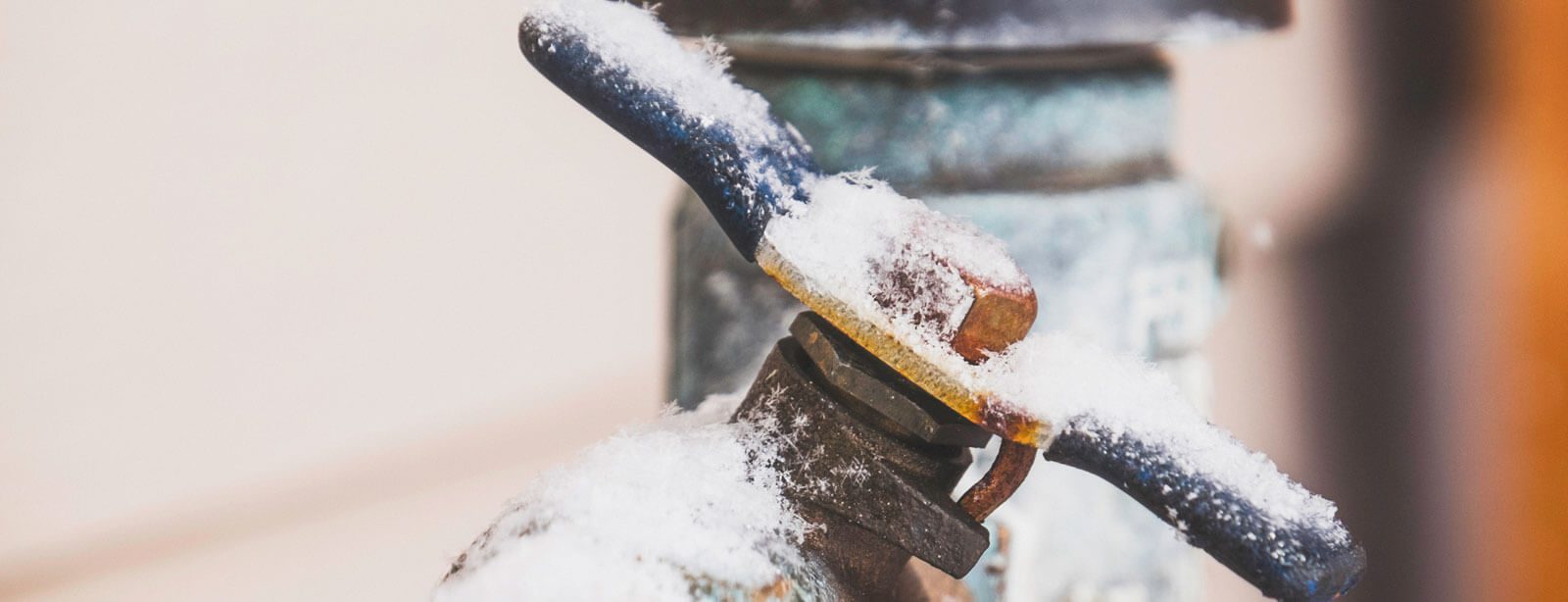Guidance for Preventing Frozen Pipes in Cold Weather: Professional Advice
Guidance for Preventing Frozen Pipes in Cold Weather: Professional Advice
Blog Article
They are making a number of good pointers on 6 Ways to Prevent Frozen Pipes in general in this post below.

Cold weather can wreak havoc on your pipes, especially by freezing pipes. Right here's exactly how to prevent it from happening and what to do if it does.
Introduction
As temperature levels decline, the threat of frozen pipes increases, possibly bring about expensive repair work and water damage. Recognizing just how to avoid frozen pipelines is vital for property owners in cold climates.
Avoidance Tips
Shielding vulnerable pipes
Wrap pipes in insulation sleeves or make use of warmth tape to protect them from freezing temperatures. Focus on pipes in unheated or external locations of the home.
Home heating strategies
Maintain indoor areas appropriately heated, especially areas with plumbing. Open cabinet doors to enable cozy air to flow around pipelines under sinks.
Exactly how to determine icy pipes
Search for decreased water flow from faucets, uncommon smells or noises from pipelines, and noticeable frost on subjected pipes.
Long-Term Solutions
Structural adjustments
Consider rerouting pipelines far from exterior wall surfaces or unheated locations. Add extra insulation to attic rooms, cellars, and crawl spaces.
Upgrading insulation
Buy high-grade insulation for pipes, attic rooms, and walls. Proper insulation aids preserve constant temperature levels and reduces the risk of frozen pipelines.
Protecting Exterior Plumbing
Yard hoses and outdoor faucets
Separate and drain yard hoses before winter months. Install frost-proof spigots or cover exterior faucets with protected caps.
Recognizing Frozen Pipes
What triggers pipelines to ice up?
Pipes freeze when subjected to temperature levels listed below 32 ° F (0 ° C) for expanded durations. As water inside the pipes freezes, it increases, taxing the pipe wall surfaces and potentially triggering them to break.
Risks and damages
Frozen pipes can cause water disturbances, home damage, and expensive repairs. Ruptured pipelines can flood homes and create considerable architectural damage.
Indicators of Frozen Water Lines
Determining icy pipelines early can prevent them from breaking.
What to Do If Your Pipelines Freeze
Immediate activities to take
If you believe icy pipelines, keep faucets available to alleviate stress as the ice melts. Utilize a hairdryer or towels taken in warm water to thaw pipes gradually.
Verdict
Avoiding icy pipes needs proactive actions and quick actions. By recognizing the causes, indications, and safety nets, homeowners can safeguard their pipes throughout winter.
6 Proven Ways to Prevent Frozen Pipes and Protect Your Home
Disconnect and Drain Garden Hoses
Before winter arrives, start by disconnecting your garden hoses and draining any remaining water. Close the shut-off valves that supply outdoor hose bibs and leave the outdoor faucet open to allow any residual water to drain. For extra protection, consider using faucet covers throughout the colder months. It’s also important to drain water from any sprinkler supply lines following the manufacturer’s directions.
Insulate Exposed Pipes
Insulating your pipes is an effective way to prevent freezing. Pipe insulation is readily available at home improvement stores and is relatively inexpensive. Pay close attention to pipes in unheated areas such as the attic, basement, crawl spaces, or garage. Apply foam insulation generously to create a buffer against the cold. You can also wrap your pipes in heat tape or thermostat-controlled heat cables for added warmth.
Seal Air Leaks
Inspect your home for any cracks or openings that could let in cold air. Seal any holes around the piping in interior or exterior walls, as well as the sill plates where your home rests on its foundation. Additionally, make sure to keep your garage door closed unless you’re entering or exiting. Leaving it open creates a significant air leak that can lead to frozen pipes.
Allow Warm Air Circulation
During cold snaps, it’s essential to allow warm air to circulate evenly throughout your home. Leave interior doors ajar to promote better airflow. Open kitchen and bathroom cabinets to help distribute heat consistently around the rooms. If you have small children or pets, be sure to remove any household chemicals or potentially harmful cleaners from open cabinets for safety.
Let Faucets Drip
A small trickle of water can make a big difference in preventing ice formation inside your pipes. When temperatures drop significantly, start a drip of water from all faucets served by exposed pipes. This continuous flow helps prevent the water from freezing. Additionally, running a few faucets slightly can relieve pressure inside the pipes, reducing the chances of a rupture if the water inside does freeze.
https://choateshvac.com/6-proven-ways-to-prevent-frozen-pipes-and-protect-your-home/

As a keen person who reads on Helpful Tips to Prevent Frozen Pipes this Winter, I was thinking sharing that excerpt was really useful. Do you know another individual who is in the market for How To Avoid Freezing Pipes? Do not hesitate to promote it. Thanks for going through it.
Apply Now Report this page